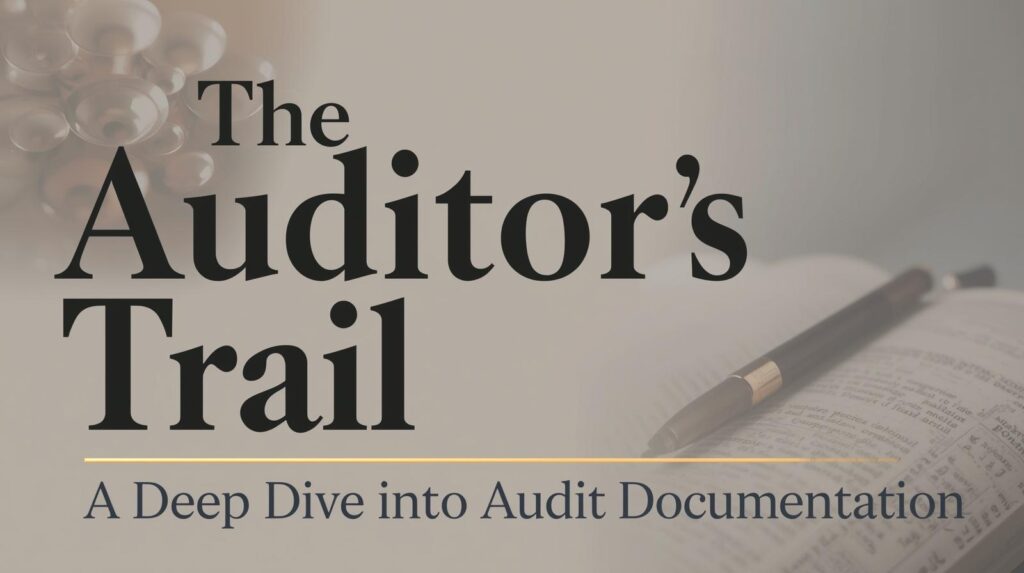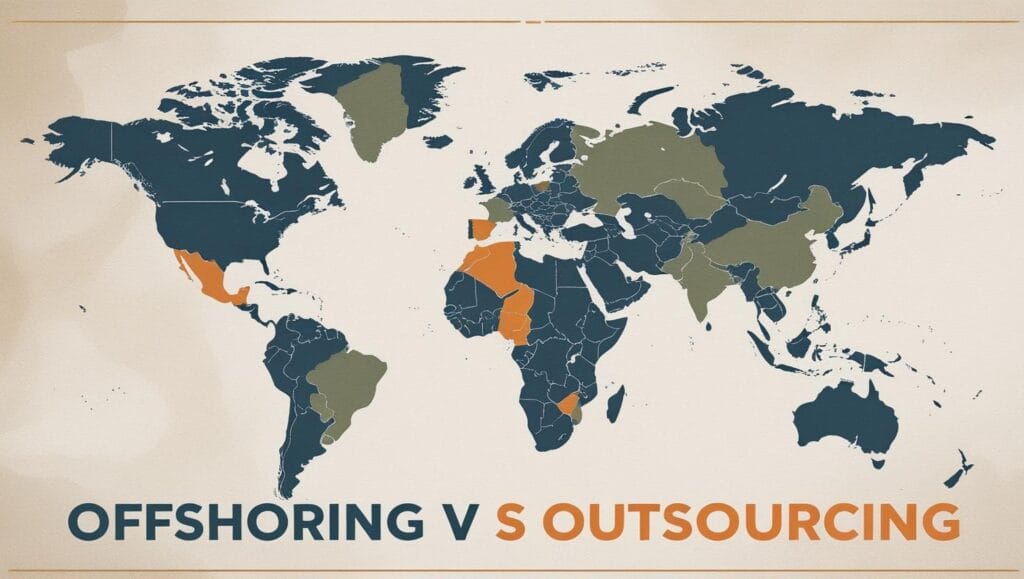Defining Financial Accounting: The Official Language of Business
In the complex world of business, commerce, and investment, there needs to be a common, trusted language that everyone can understand. That language is financial accounting. It’s more than just a requirement for tax season; it’s the fundamental framework that allows a sprawling, diverse economy to function with a degree of transparency and order. It translates a company’s actions, strategies, and outcomes into a standardized set of numbers and statements that tell a coherent story.
But what exactly *is* financial accounting? Is it an art? A science? A set of rigid rules? In reality, it’s a blend of all three. This article will provide a comprehensive, authoritative definition of financial accounting, exploring its core principles, its purpose, the key players who regulate it, and why it is indispensable to the modern U.S. economy and beyond.
At its core, Financial Accounting is the specific branch of accounting that involves the process of recording, summarizing, and reporting a company’s business transactions through standardized financial statements. The primary objective of these reports is to provide accurate and useful information to external users—such as investors, creditors, and regulators—to help them make informed economic decisions.
Deconstructing the Definition: The Key Components
The formal definition is packed with meaning. To truly understand financial accounting, we need to break it down into its essential components: the process, the output, and the audience.
1. The Process: Recording, Summarizing, and Reporting
This is the “how” of financial accounting. It’s a systematic workflow designed to capture the financial life of a company without error or omission.
- Recording: This is the day-to-day work of bookkeeping. Every single financial transaction, from a major sale to a minor expense, is identified, analyzed, and recorded chronologically in a journal. This process relies on the double-entry accounting system to ensure accuracy.
- Summarizing: Raw transaction data is not very useful. In this step, the recorded transactions are classified into groups (e.g., all sales revenue, all salary expenses) and summarized into ledger accounts. These balances are then tested for accuracy in a trial balance.
- Reporting: This is the final step of the process, where the summarized information is compiled into the formal financial statements that the public sees. This is the culmination of all the preceding work.
2. The Output: Standardized Financial Statements
The “what” of financial accounting is its tangible product: a set of universally understood reports. In the United States, under Generally Accepted Accounting Principles (GAAP), this includes:
- The Balance Sheet: A snapshot in time of what a company owns (assets) and what it owes (liabilities), along with the owners’ stake (equity).
- The Income Statement: A video of a company’s performance over a period, showing its revenues, expenses, and the resulting profit or loss.
- The Statement of Cash Flows: A detailed report explaining how a company’s cash balance changed over a period, broken down into operating, investing, and financing activities.
- The Statement of Stockholders’ Equity: A reconciliation of the equity accounts, showing how they changed from the beginning to the end of the period.
The key word here is standardized. The fact that these statements are prepared using a common set of rules is what makes them reliable and comparable across different companies.
3. The Audience: External Users
The “who” is what truly distinguishes financial accounting from other types of accounting. It is prepared first and foremost for an external audience—parties outside the company who have a financial interest in it but are not involved in its day-to-day management. This is its defining characteristic. These users include:
- Investors: Both current and potential stockholders who need to decide whether to buy, sell, or hold the company’s shares.
- Creditors and Lenders: Banks and bondholders who need to assess the company’s ability to repay its debts.
- Regulatory Agencies: Government bodies like the Securities and Exchange Commission (SEC) and the Internal Revenue Service (IRS) that enforce laws and regulations.
- The Public: Customers, journalists, and community members who may have an interest in the company’s stability and social responsibility.
Because these users don’t have access to the company’s internal records, they rely completely on the accuracy and integrity of the financial statements provided.
Key Characteristics of Financial Accounting
- Historical Focus: It primarily reports on transactions and events that have already occurred.
- External Orientation: Its reports are designed for users outside the organization.
- Rule-Based (GAAP/IFRS): It must adhere to a strict set of standards and principles.
- Monetary Measurement: It only records events that can be expressed in monetary terms.
- Entity Concept: It treats the business as a separate entity from its owners.
- Objectivity & Verifiability: Information must be based on objective evidence.
The Guiding Principles: The Foundation of Trust (GAAP)
Financial accounting doesn’t operate on whims or guesses. It is built upon a foundation of principles that ensure the information is consistent, comparable, and reliable. In the U.S., this foundation is known as Generally Accepted Accounting Principles (GAAP), which is set by the Financial Accounting Standards Board (FASB).
While the full list of principles is extensive, some of the most important concepts that define financial accounting include:
- The Cost Principle: Assets are generally recorded at their original historical cost, not their current market value. This ensures objectivity.
- The Revenue Recognition Principle: Revenue is recognized when it is earned and realizable, not necessarily when the cash is received.
- The Matching Principle: Expenses are matched with the revenues they helped generate in the same accounting period. This gives a more accurate picture of profitability.
- The Full Disclosure Principle: Financial statements and their notes must include all relevant information that could influence a user’s decision.
- Materiality: The significance of an item should be considered when it is reported. An immaterial error or omission would not influence a decision-maker and does not need to be individually reported.
These principles act as the “rules of the road,” ensuring every company prepares its statements in a way that is understandable and trustworthy to the external world. [Image showing the FASB logo and the words “Order, Comparability, Transparency”]
Financial Accounting vs. Managerial Accounting: A Tale of Two Audiences
To sharpen our definition, it’s crucial to distinguish financial accounting from its internal counterpart, managerial accounting. While they draw from the same core financial data, their purpose and execution are fundamentally different.
| Feature | Financial Accounting | Managerial Accounting |
|---|---|---|
| Primary Users | External (investors, creditors, regulators) | Internal (managers, executives) |
| Purpose | To report on past performance and financial position | To aid in planning, controlling, and future decision-making |
| Rules & Guidelines | Must follow GAAP or IFRS | No mandatory rules; flexible and tailored to need |
| Time Horizon | Historical perspective | Future-oriented (budgets, forecasts) |
| Level of Detail | Summarized information for the whole organization | Detailed, segment-level reports (e.g., by product, region) |
In essence, financial accounting looks backward to report to outsiders, while managerial accounting looks forward to advise insiders.
Frequently Asked Questions (FAQ)
Is financial accounting an exact science?
Not entirely. While it is based on a rigorous, rule-based framework, it is not an exact science. Accountants must often make estimates and judgments. For example, estimating the useful life of an asset (for depreciation) or the amount of uncollectible accounts receivable requires professional judgment. This is why the principles of consistency and full disclosure are so important—they ensure that these estimates are made logically and are transparent to users.
Who is the main regulatory body for financial accounting in the U.S.?
The primary standard-setting body for financial accounting in the United States is the Financial Accounting Standards Board (FASB). The FASB establishes and maintains the Generally Accepted Accounting Principles (GAAP). However, the Securities and Exchange Commission (SEC), a U.S. government agency, has the ultimate legal authority to set accounting standards for publicly traded companies, but it generally defers this responsibility to the private-sector FASB.
What is the difference between GAAP and IFRS?
GAAP (Generally Accepted Accounting Principles) is the accounting standard used in the United States. IFRS (International Financial Reporting Standards) is the standard used in over 140 countries, including the European Union, Canada, and Australia. While they are conceptually similar, there are key differences in areas like inventory valuation and asset revaluation. The long-term goal is convergence, but for now, they remain two distinct, though similar, sets of standards.
Why is financial accounting so important for the economy?
Financial accounting is vital for a healthy economy because it provides the information necessary for efficient capital allocation. When investors and lenders have access to reliable, transparent, and comparable financial information, they can confidently direct their money to the most promising and well-managed companies. This lowers the cost of capital for good companies and fuels economic growth, innovation, and job creation. Without it, investing would be a guessing game, leading to market inefficiency and instability.

